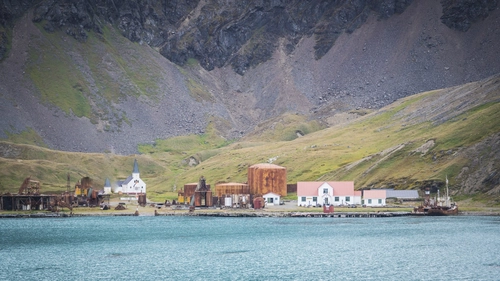Camping in the Antarctic Wilderness
For a truly immersive polar adventure, our open-air camping activity lets you experience the Antarctic wilderness like few travelers have. We provide the necessary camping gear, including breathable bivouac bags that are wind and waterproof, and polar sleeping bags to keep you warm and comfortable during the enchanting Antarctic night. Experienced expedition guides will assist and supervise all campers.
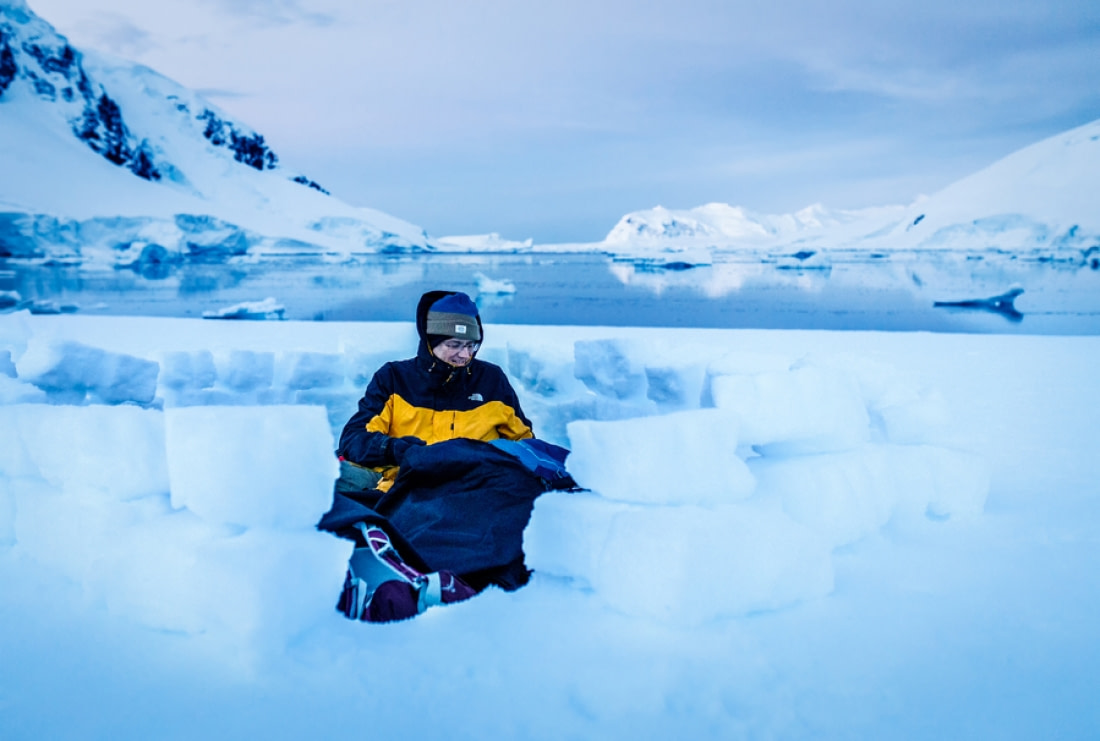
General Information on Our Camping Activity
- Available based on weather, site conditions, and environmental regulations.
- No previous experience required; everyone can participate.
- Offered on select Hondius, Plancius, and Ortelius voyages.
- Maximum of 30 participants per night.
- Supervised by expert field guides.
- Basic equipment provided (bivouac bags, mats, boots).
- One camp night must be booked prior to your trip, with possible extra nights arranged on board.
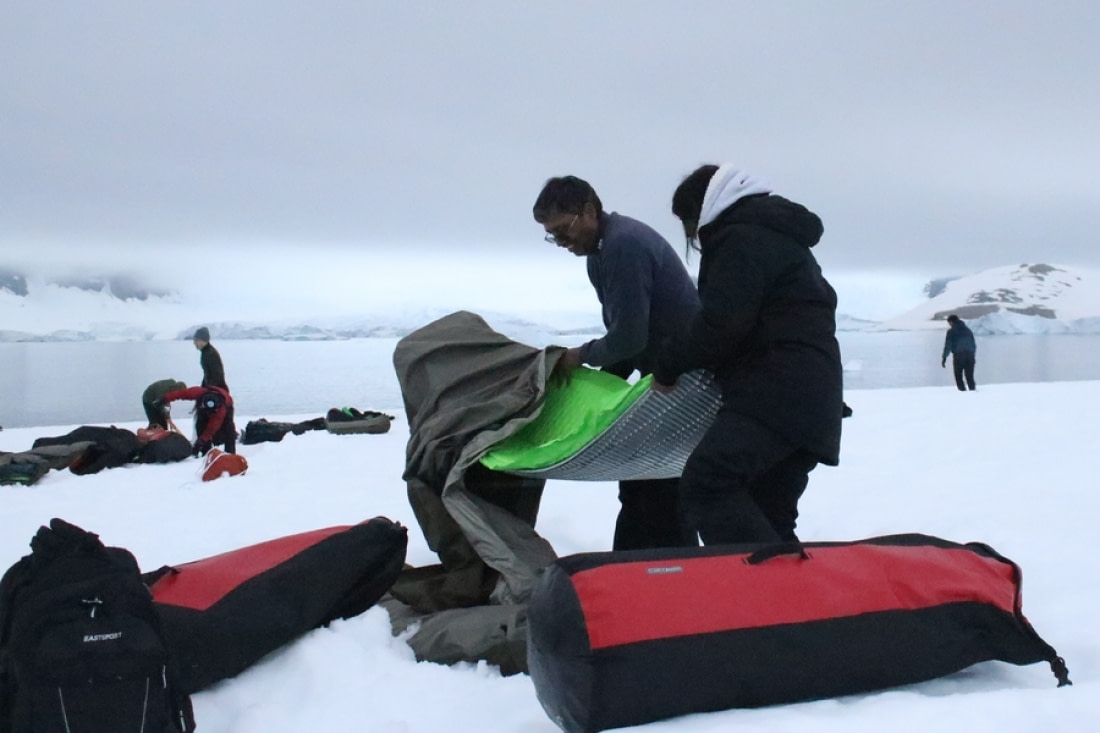
Details of the Antarctic Camping Experience
We aim for at least one night of camping on each designated trip, with additional nights determined by weather and local conditions. If the vessel must relocate during the night, camping will not be possible. According to Antarctic Treaty and IAATO regulations, we cannot take stoves, fuel, or food on shore except for emergency rations, survival gear, water, and medical supplies.
Campers are taken to shore after dinner and returned to the ship before breakfast. Campsites are chosen to ensure wildlife is not disturbed. All campers are equipped with a personal waterproof bag containing a sleeping mattress, synthetic sleeping bag with inner liner, and a breathable bivouac bag. Staff will stay on shore to assist and supervise. The campsite must be cleaned and everything returned to the ship upon departure.

Clothes to Bring for Camping
Pack for the worst weather, as conditions in Antarctica can change rapidly. Important items to bring:
- Thermal underwear, fleece vest or jacket, and down jacket (breathable)
- Warm hat and turtleneck or neck gaiter
- Thermal under-gloves, fleece finger gloves, or warm mittens
- Thick socks with spares
- Good UV-protectant sunglasses
- Sun cream or sunblock
- Flashlight or lightweight headlamp for departures in February - March
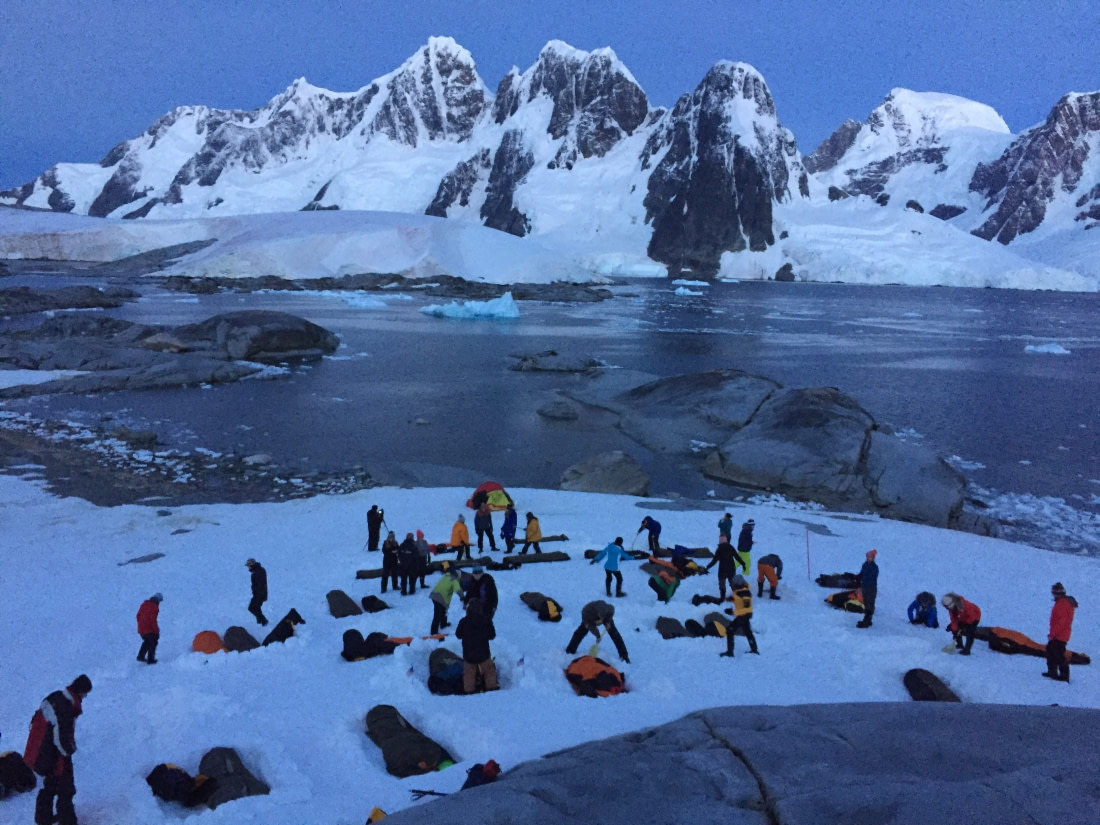
Gear We Provide for Camping
- Insulated waterproof rubber boots
- Bivouac bag (one per person) and mattress
- Waterproof sleeping bag with cotton inner liner
- Portable field toilet (one per group)
Special note: Avoid cotton clothing like T-shirts and jeans, as they tend to get wet and stay wet in cold environments. Thermal underwear is recommended.
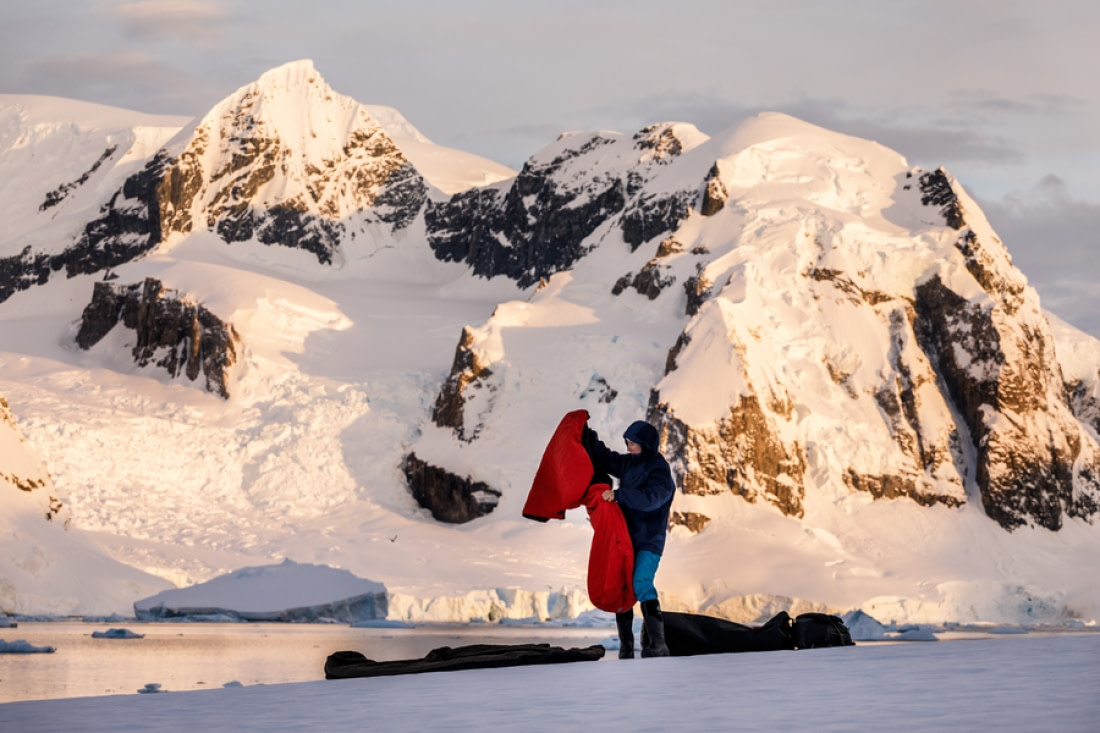
Weather Conditions
Exploring Antarctica requires a sensible and flexible approach. While there can be clear skies with bright sunshine, the weather is unpredictable. Katabatic winds caused by the icecaps and glaciers can pick up suddenly, potentially canceling planned camp nights. If local circumstances prevent us from camping on shore, we may attempt to camp on the open decks of the ship.
We need at least 10 passengers to intend to camp, with a maximum of 30 campers at one time. One expedition guide per every 20 campers will assist and supervise. We do not use tents, as they are greatly affected by wind. Instead, bivouac sleeping bags offer the best experience, allowing you to see and hear the surrounding environment.
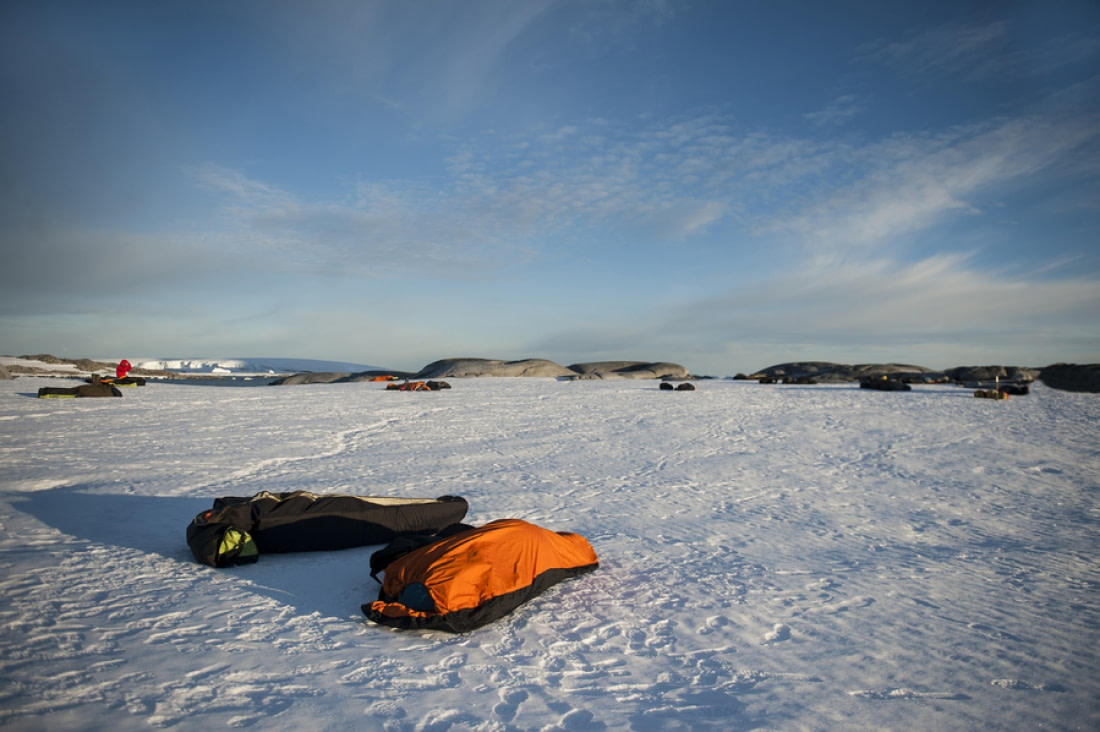
Camping FAQ
Is it possible to take food? Eating on shore is not allowed per Antarctic Treaty and IAATO regulations to prevent contamination.
Can I go to the toilet? Toilet visits should be avoided on land. A portable toilet is available on shore, and all waste must be returned to the ship. Campers are encouraged to use toilet facilities on board before camping and bring a "pee bottle" for comfort.
Where and how long do we stay on shore? We offer near-shore camping on the continent or nearby islands, with groups staying a maximum of 10 hours on shore.
What if local weather and ice conditions are unsafe for camping? The expedition leader will ensure camping activities take place if possible. If not, we may camp on the ship's open decks.
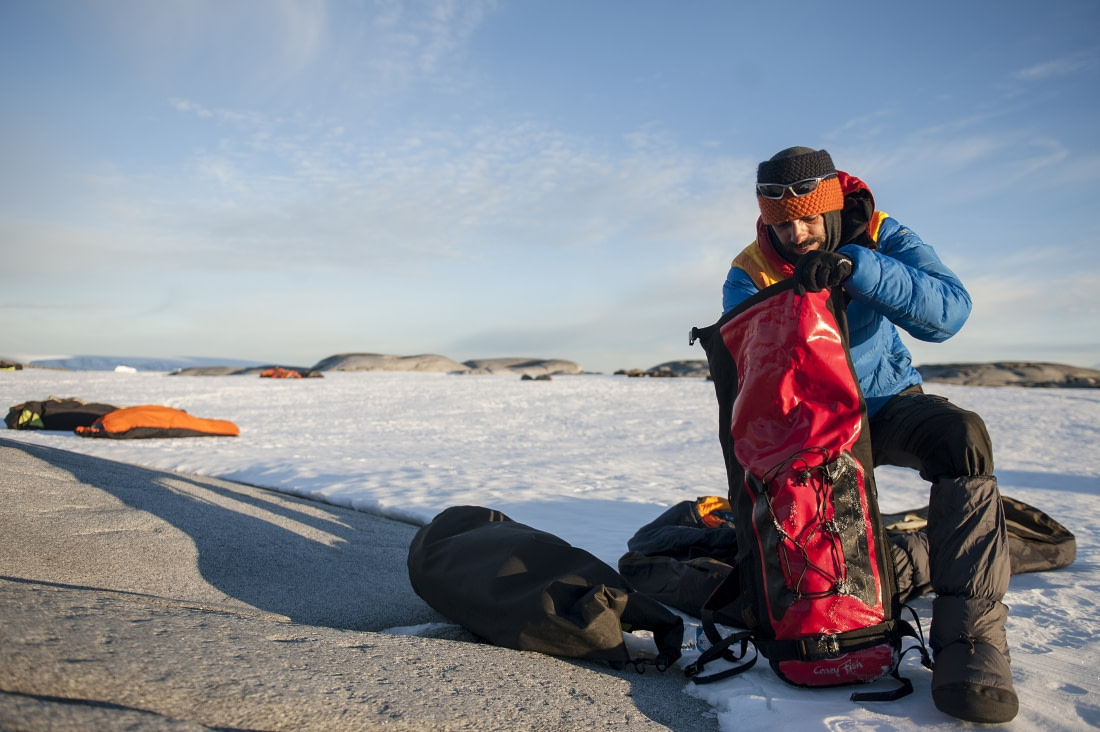
Is prior experience required? No previous experience is necessary. Campers should help set up and clean the campsite. Note that the terrain can be rugged, and weather conditions may make tasks difficult.
What are the weather conditions? Summer temperatures around the coasts of Antarctica range from -5 to 8°C (23 to 46°F), with strong winds making it feel colder. Warm clothing, a flexible attitude, and a sense of adventure are essential.
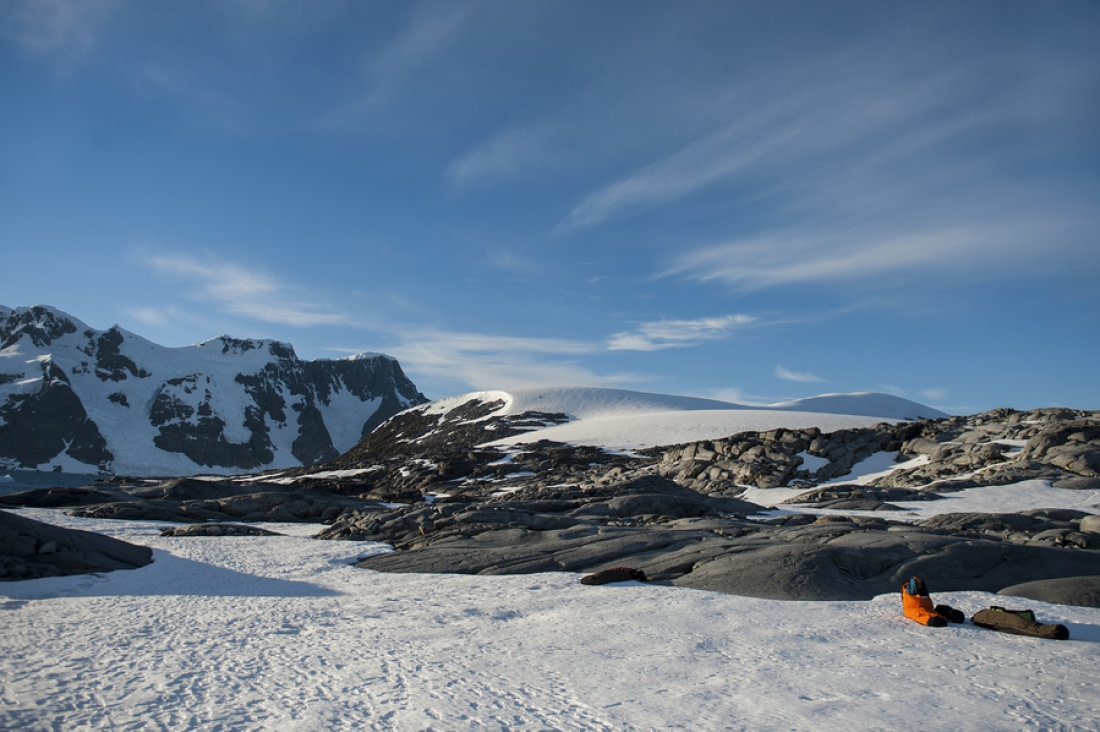
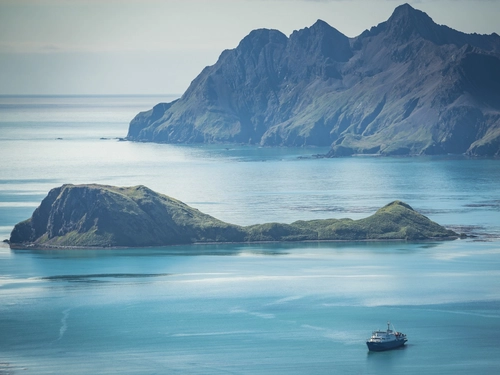
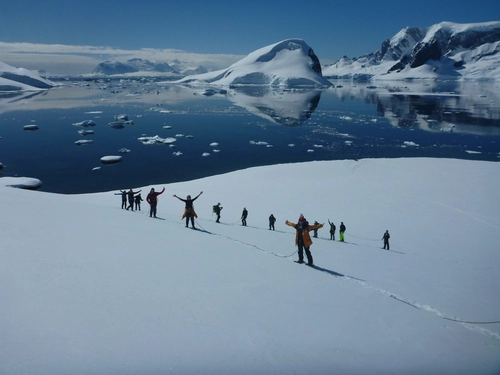
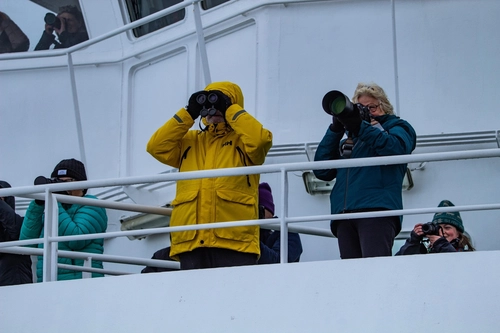




Life in a Penguin Colony

The Seven Best Things to Do in Antarctica

Port Lockroy: History, Post Office, and Resident Penguins
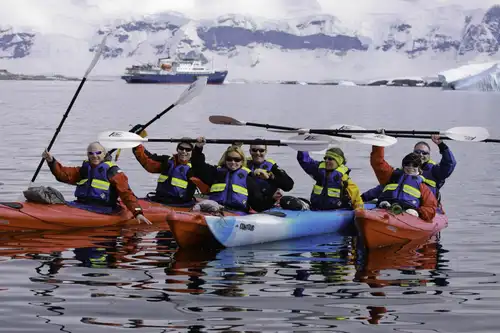
A Day of Basecamp in Antarctica – Paradise Harbour
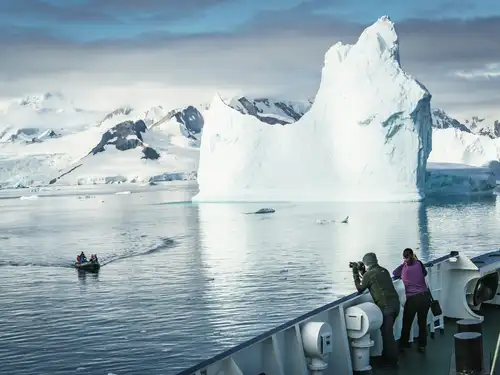
Antarctic Explorer’s Voyage

The Giant Petrels of King George Island
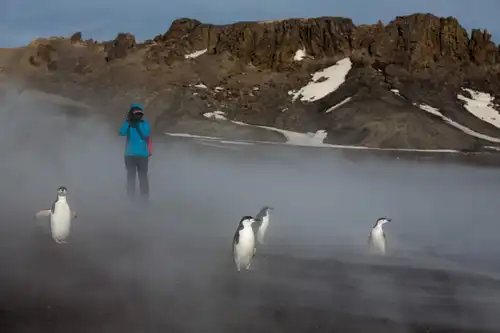
Graham Land: A landscape dominated by volcanoes
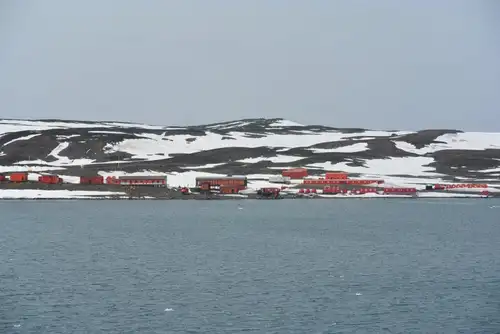
Living the Antarctic Dream

Eight Ultimate Antarctica Adventures
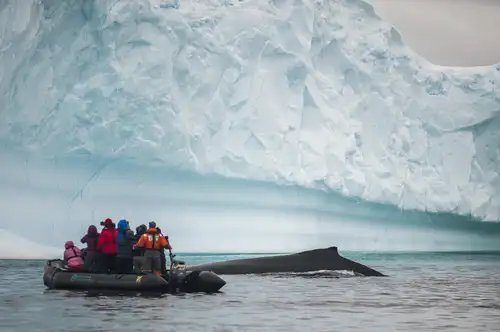
A Day of Whale Watching in Antarctica
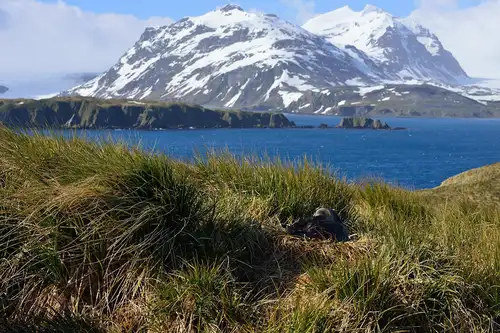
Flowers in Antarctica
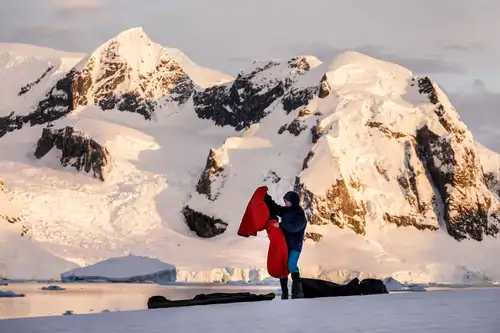
Camping in Antarctica: a True Expedition Experience
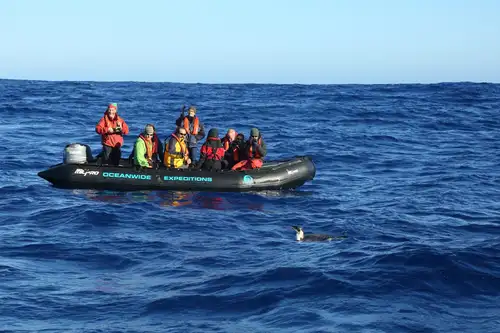
The Emperor Penguin of the Drake Passage
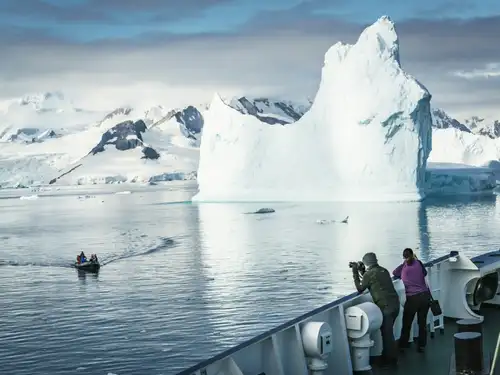





 19 Days / 18 Nights
19 Days / 18 Nights

